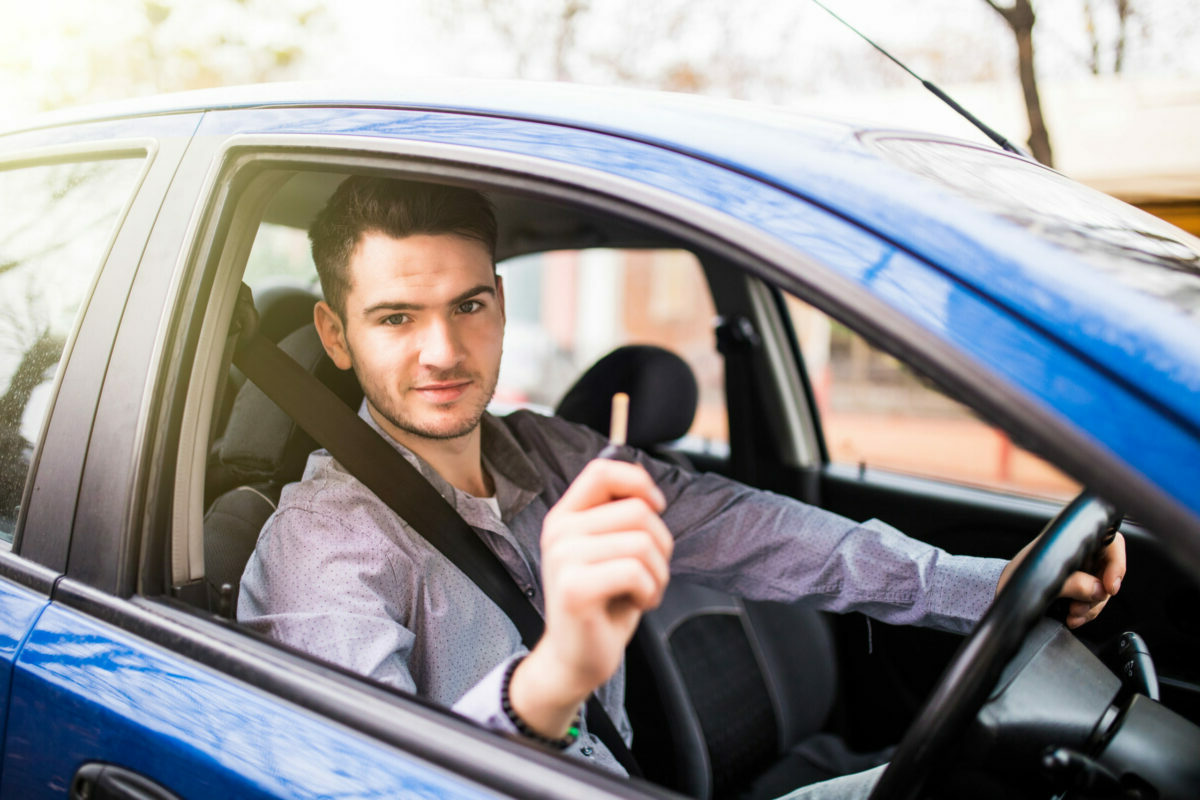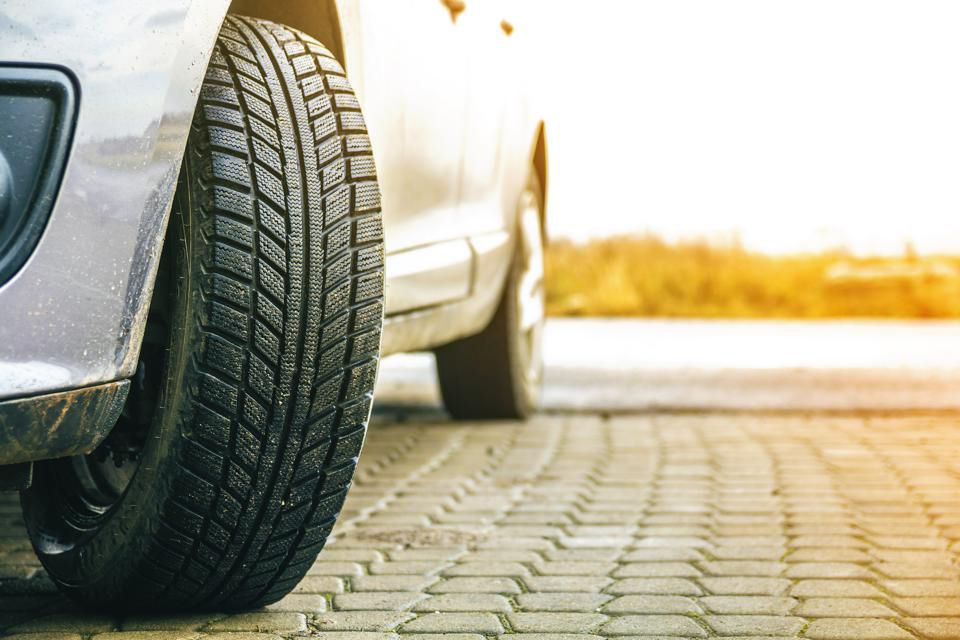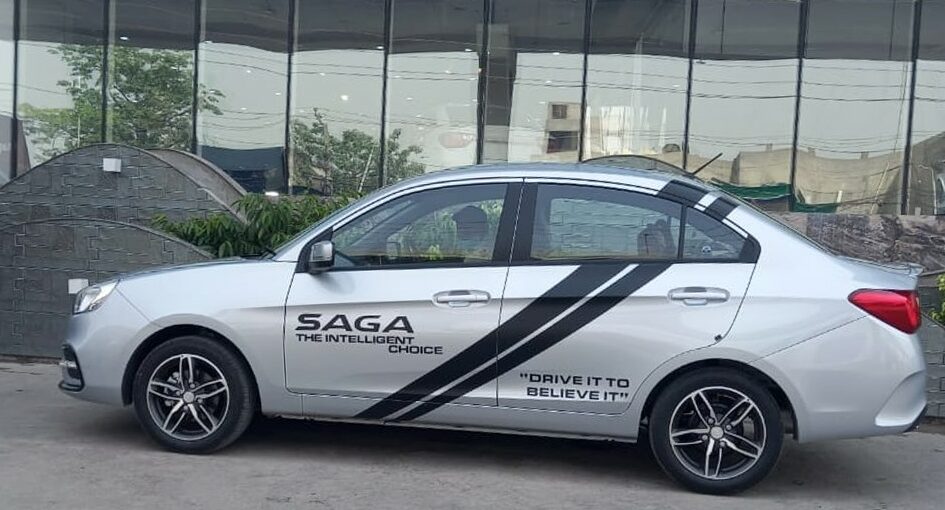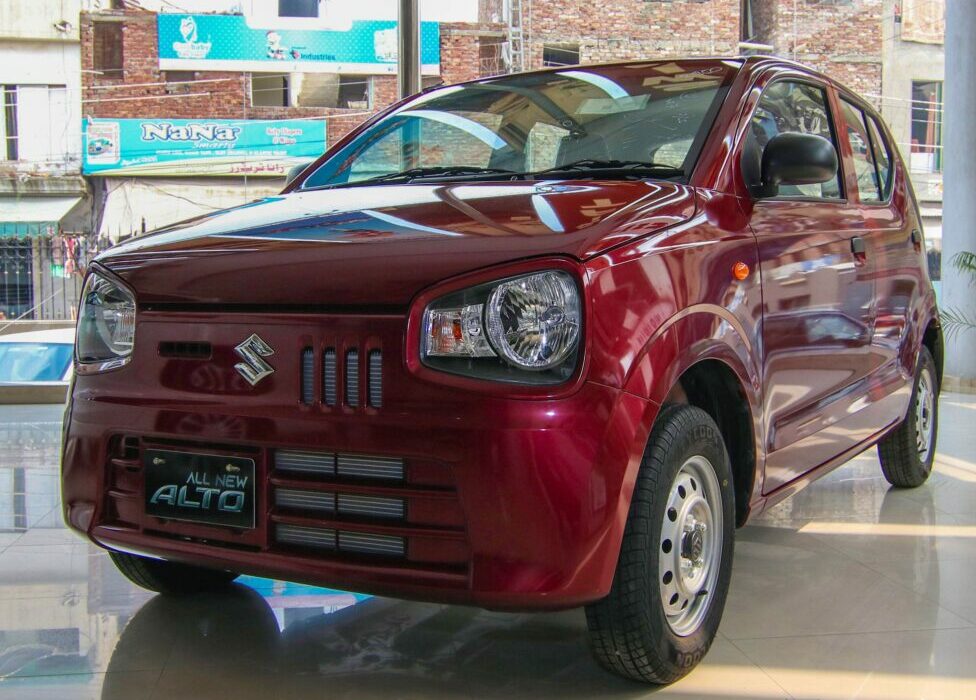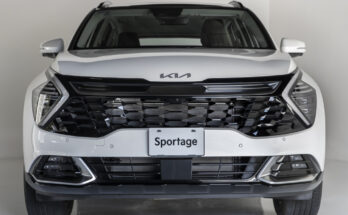You are out to buy a new jacket, before you pay for it you put it on to see how it fits on you. The same happens when you are buying yourself other apparel such as pants, sunglasses or even purchasing some gadget or electric appliance.
The idea is to know how the thing suits your tastes or preferences before you decide to pay for it, and it’s a usual practice in all parts of the world whether someone is buying apparel, gadgets, or even cars. For this, test driving plays a vital role in making a car-buying decision as it gives you an idea of how the vehicle operates, and whether it suits your needs perfectly or not.
Unfortunately, however, the concept of test-driving a car is something that’s still in its infancy as far as our market is concerned. Although in recent times, a few automakers have started to offer test drives for their newly launched vehicles but still they don’t serve the true purpose of test driving a car and that’s exactly what we are going to discuss in this article.
Test Driving- What Should You Check?
Test driving isn’t about just sitting in the car & driving, there are certain things you would want to look for in your next new car.
Observe: The first thing is to observe the built quality of the car. How is the paint finish, are there any uneven gaps between panels? Close the hood, door & trunk and see if they give a satisfying clunk or if are there any rattles. Look for basics such as bonnet & trunk insulations, are wiring & harnesses properly covered or can you see them hanging around? Do look out for welds & how the joints are held together.
You might be thinking, “Do I really need to check this since it’s a brand-new car?” Unfortunately, yes. Given the quality standards of local assemblers, it’s important to pay close attention.
Step Inside: Then you should get into the car and adjust the seat according to your height & driving position. Take a good look around before you set off. How is the visibility through the rear windscreen? Can you see comfortably over your shoulder into your blind spot? Are the front pillars likely to obstruct your view at junctions?
Not all cars will suit every driver because of their different dimensions, and you might simply find that the car you want is too big (or too small) for your frame. Also, pay attention to the layout and design of the dashboard.
Touch & Feel: Take time to place your hands at various points around the cabin to get a feel if everything is well-made and the quality of materials used. Also important is the layout of controls on the dashboard, do check how all the buttons & controls work. Most cars are equipped with multimedia units, so it’s a good idea to see how efficiently they operate, and how is the touchscreen response etc.
The seats should feel comfortable and you should be able to touch & feel the materials used to get a proper idea of their comfort. It’s never a good practice to drive a car with its seats having plastic covers intact, if it’s there you should urge to get them removed prior to a test drive.
Familiarize yourself: Take some time to familiarize yourself with the controls before you set off. If it’s a manual transmission, check the gears if they are too sticky or the clutch pedal if it’s too hard to press. Most new cars with automatic transmissions/ CVT/ DCT are equipped with modern gear levers, if you are unfamiliar, you should first know how to engage different gears before you begin to test drive as they are a bit different from conventional automatic gear levers.
The drive: When you set off, imagine yourself as the owner of that car and try to drive it in various conditions to get a true idea of how the vehicle performs. For example, test-driving a car on a long stretch of road before concluding your purchase decision isn’t a good idea at all. Try taking the car in traffic and observe how it behaves in start/ stop situations, and how is it to maneuver in congested spaces. Try taking the car in the street and using reverse/ parallel parking etc to get a more personalized feel from the test-drive.
Observe the engine response, the speed & acceleration in open roads as well as in-city conditions. Air-conditioner is an integral part of cars, so do check how the AC performs. On a clear stretch of the road, test the braking capabilities as well, making sure there isn’t a vehicle behind you.
The drive comfort: Drive comfort isn’t just about comfortable seats. The car should behave well on bumpy roads. Observe the suspensions and check the ground clearance by taking the car over speed breakers, because that’s something quite important as you don’t want your new car to brush speed breakers every now & then.
Also assess the NVH (Noise, Vibration, Harshness) levels, the cabin should be able to dampen engine sound & unwanted noise from outside, and listen if there are unnecessary squeaks from seats or rattles from the dashboard or other areas of the car. While one might wonder if it’s really necessary to inspect a brand-new car, as mentioned above, considering the quality of locally assembled vehicles, it’s always wise to give these things a thorough check. Also, notice if the wind noise is entering the cabin at higher speeds.
Test-Drive multiple cars: Test drive is a vital part of the process of finding a vehicle that you would like to buy. Feel free to test drive other similar vehicles available in the market as it will help you make your decision in favor of the one that better suits your preferences.
Remember the true essence of test-drive is to experience how the car handles high speeds, stop-and-go traffic, inclines, declines, and bumpy roads. Test driving should allow you to get a first-hand experience of operating the car you are willing to buy. However as hilarious as it might sound, we usually get to test-drive vehicles that were built somewhere else (CBU) to make up a decision to buy the one that will be built locally.
Related: The Bubble Launch of Proton Saga
As practiced by most newcomers, cars during the launch events, the display units on dealerships, and well as test-drive units are all imported from abroad offering superior built quality & workmanship. Compared to this we all know there is always a question mark on the quality standards of locally assembled cars, and particularly in the case of newcomers it never makes sense test driving an imported car to get the delivery of a locally assembled one, especially when you are yet to witness a locally built example.
For years customers were forced to buy whatever that was offered due to a lack of available options in the market. But as things are changing fast, and with a newer & variety of options available in the market, it’s always recommended to test-drive cars before making your purchase decision.
Related: Changan Alsvin- Test Drive & Review
Although a lot of material is available on the internet regarding these cars & their features and the local automotive community and online portals are in abundance giving you all the information you need about a certain vehicle. However, it’s not necessary for you to get the same sort of experience from a vehicle as someone else in a YouTube video. So, stop following the herd and go for the one which suits you best, always test-drive a car before you buy! Good luck with your next purchase.

A computer animation professional with over 23 years of industry experience having served in leading organizations, TV channels & production facilities in Pakistan. An avid car enthusiast and petrolhead with an affection to deliver quality content to help shape opinions. Formerly written for PakWheels as well as major publications including Dawn. Founder of CarSpiritPK.com


